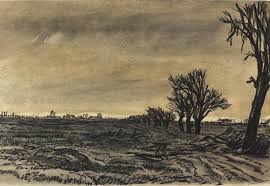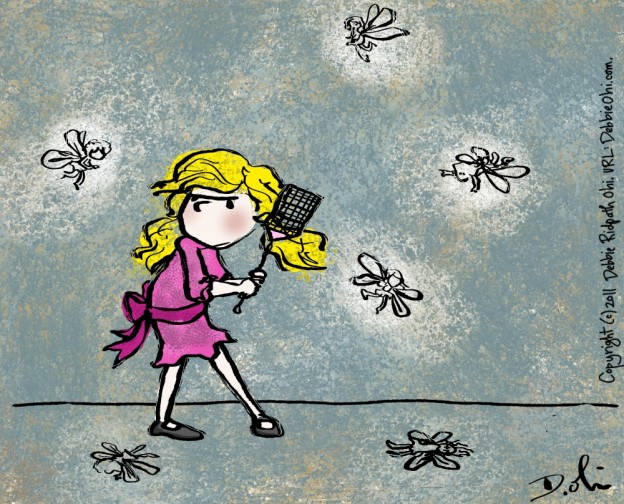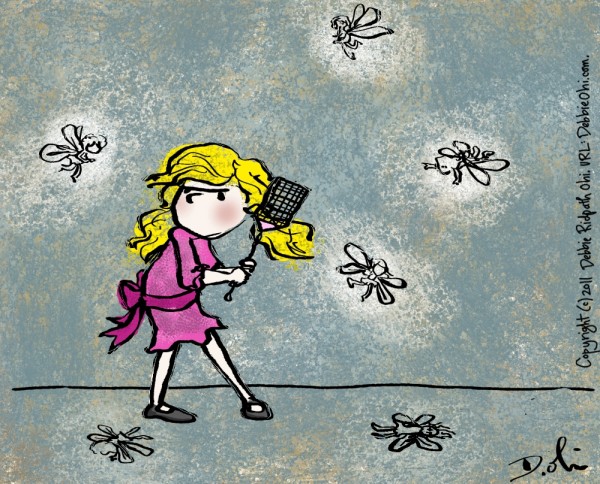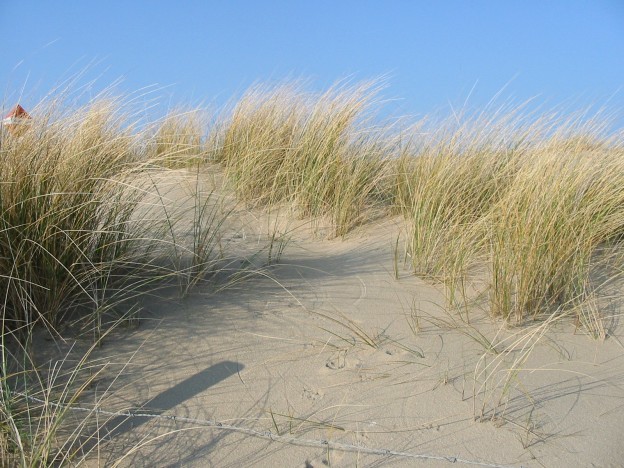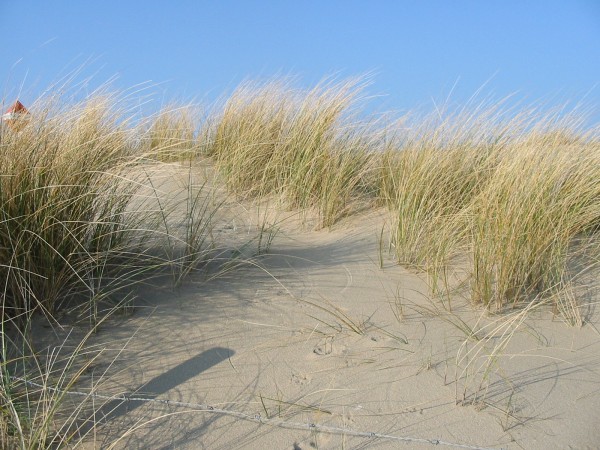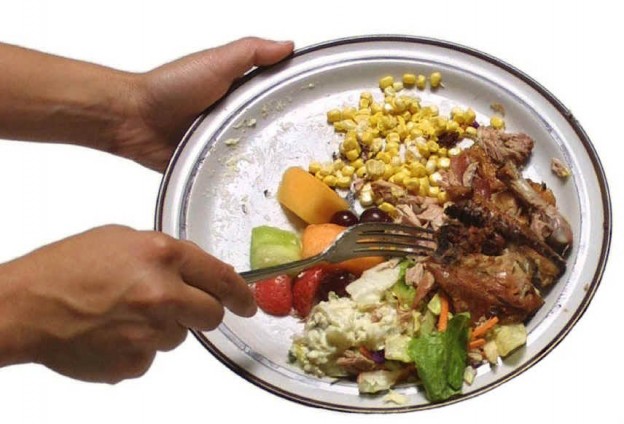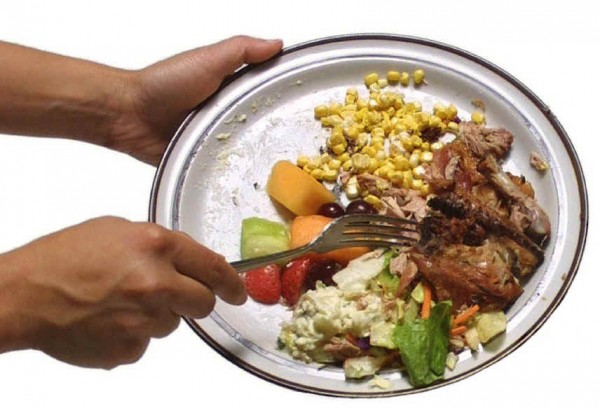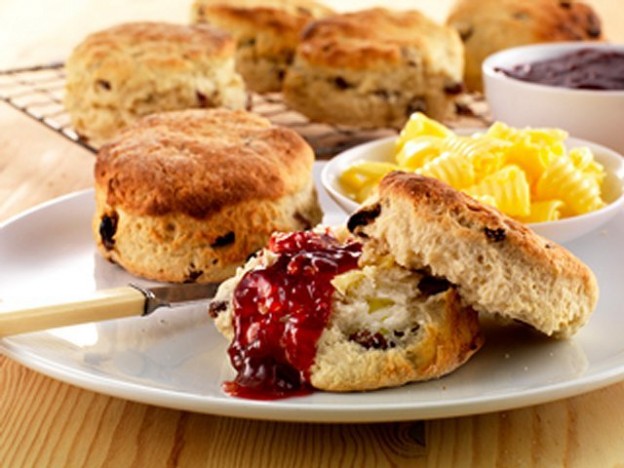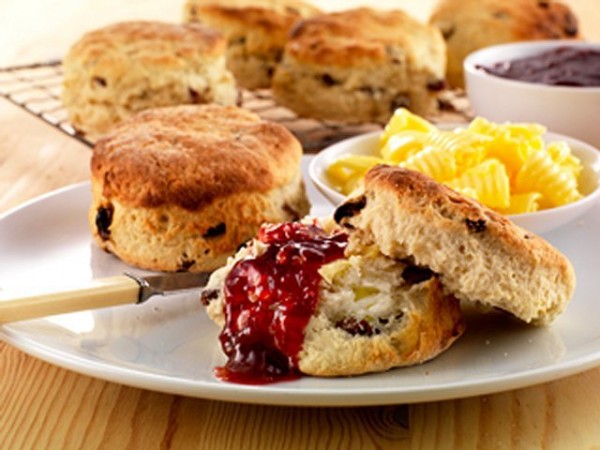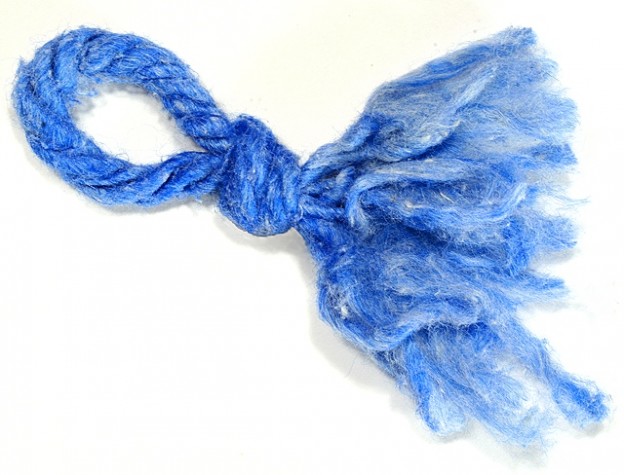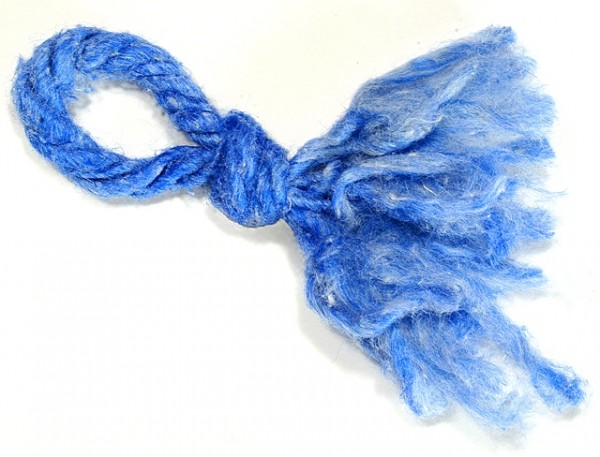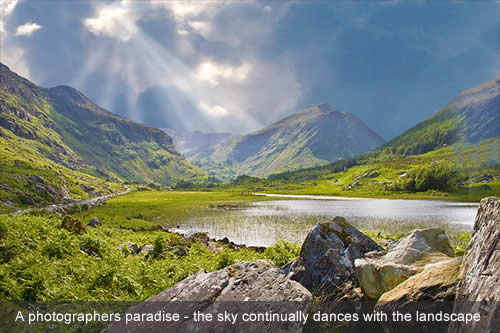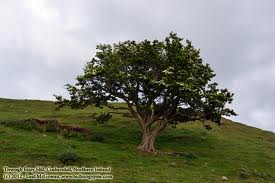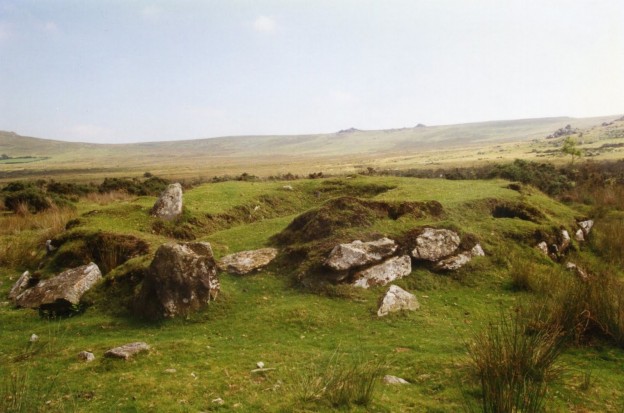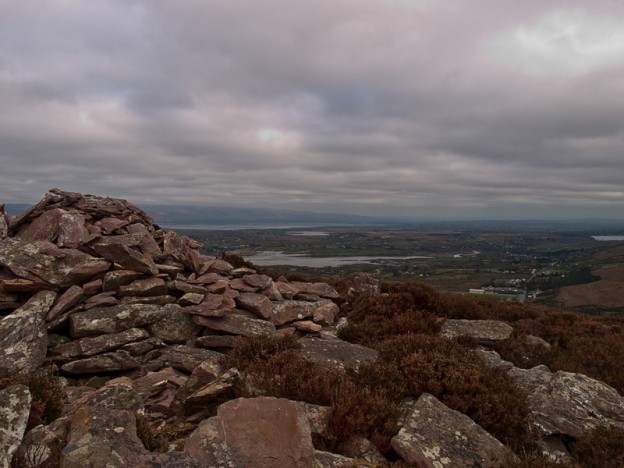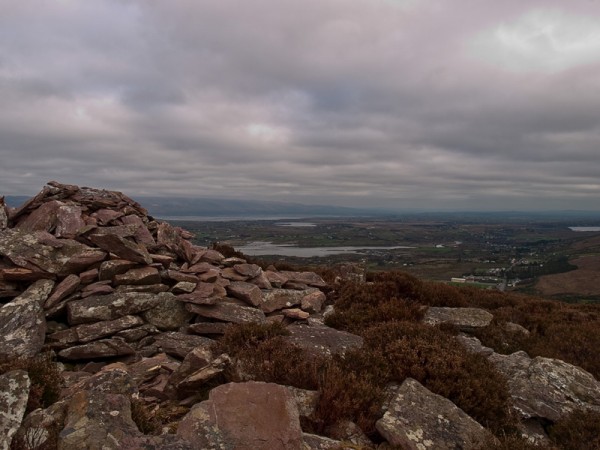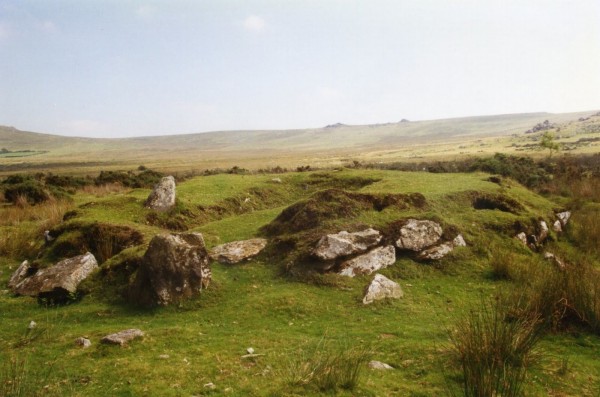
In Kerry where credulity in everything, save perhaps in the amiable intentions of the British Government, still flourishes, the belief in fairies has lingered longer than in most parts of the Empire. Unfortunately however, education with its inevitably blighting effect on the imagination, is doing its best, or rather its worst, to undermine it, so that even here where ‘Pookies’ still dance on mossy raths, and the ‘fairy blast’ – as a sudden wind arising on a sultry summer day is called – strikes those foredoomed to die; where ‘leprechauns’ still point the way to hidden treasure, and red-haired ‘Banshees’ shriek their weird warnings; the awe in which the dwellings of these weird and supernatural beings was once held is rapidly dying out, that only the other day I personally supervised the opening up of a ‘fairy fort’ and the cutting down of a ‘fairy thorn’ without a protest by men whose fathers and grandfathers would have flatly declined to lay hands on either. So little prepared indeed was I for this act of sacrilege, that it was with a certain amount of trepidation that I had even suggested clearing the ground round the narrow stone-lined entrance, accidentally discovered on the side of one of the two forts situated on the Eastern shore of Caragh Lake. Whatever the original destiny of these forts, which are to be found all over Kerry, may have been; whether they were used for burying places or for storing grain, for centuries at any rate, they have been tenanted, according to tradition, by a fairy race, and so great is – or rather was – the superstition with which these forts have always been regarded that up till quite recently there was hardly a grown man in Kerry who would venture even in the neighbourhood of one after dark. My surprise can therefore be understood when one of the labourers engaged in the work, after industriously digging round the opening of the cave, suddenly lay down flat on the ground, and crawling on all fours disappeared from sight into the bowels of the earth. None of the other men present exhibiting any concern, I considered it advisable to also maintain an attitude of indifference, although fully conscious that a few years ago such an act would certainly have been attended by alarming consequences. In a few moments however, the man’s heels having reappeared, and these being presently followed by his head, I was able to inquire, not only as to his discoveries, but as to the motive which must have induced him to undertake what must, in any case, have been a singularly unpleasant expedition, judging from the condition of his clothes and the spiders’ nests re-posing on his hair. Unfortunately, as far as his investigations went there was nothing startling to reveal, the long narrow passage being one of five originally leading into a central cave, the roof of which, however, had now fallen in, and as to his motive, much as I regret having to record it, I am obliged to admit that it was wholly and entirely mercenary. ‘I thought,’ he replied, as he gingerly removed the woolly nests from his head, ‘there could be money inside’; voicing the tradition of buried treasure which prevails all over Kerry, as well as the altogether modern supremacy of the passion for gain over the power of superstition. Edith Gordon ‘Some Kerry Fairies’ Kerry Archaeological Magazine 6 (1911), 347-356 at 348-350
